
Global Insights - Transforming life insurance experience across Asia-Pacific using Human-Centred Design (HCD)
| At AIA, we have a strong focus on developing the best experience possible for our partners and their members/clients by delivering top end solutions by combining human-centered design (HCD) with leading-edge technology. This article focuses on a case study called MyPage, which is an online portal for Group and Retail clients. The case study took place in our head office who are working towards innovative solutions for AIA Group and Retail clients. Last year our Head office engaged with a leading digital experience agency called ‘frog’ to design a self-service experience that empowers customers to get a better understanding of the policies they own, to give them the confidence to make modifications, lodge claims and interact with their advisers.
In Australia, we integrate HCD into all of our digital tools, both internally for efficiency and externally for partner and member satisfaction. One example of overlaying HCD learnings is the new version of LIFEapp where members can perform a needs analysis, obtaining quotes, apply for cover and otherwise manage their cover. This is due for release early next year.
Read more about our HCD learnings below.
|
Design Research
Frog conducted design research with 24 partners and 9 advisers across three markets (Singapore, Jakarta and Bangkok) to gain a deeper understanding of the current user experience and aspired value relating to an AIA customer portal. This customer portal aims to empower customers to get a better understanding of the policies they own, to give them the confidence to make modifications, lodge claims and interact with their advisers.
|
These sessions were mainly conducted in user’s homes or co-work spaces, to provide real insight on people’s attitudes and values in their private environment.
Each session started with in-depth interviews, which allowed us to discover participants’ personal insurance experiences and understand their personal mental models which can influence the design of future service features. |
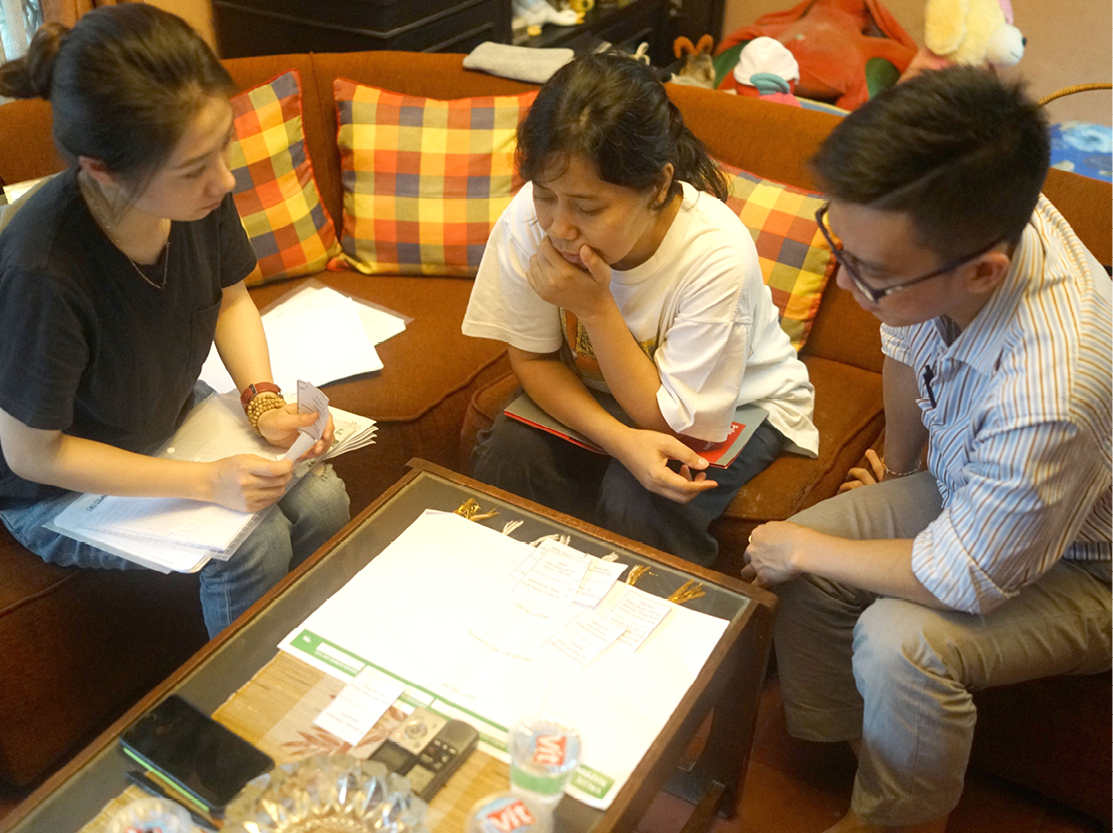 |
It was then followed by a participatory activity which helped participants to express their behaviours and attitudes towards insurance. More importantly, this gave us the possibility to uncover further unmet needs, expectations, potential self-service motivations and any in grained perception that are usually difficult to express in conversation.
Finally, we did a concept feedback activity, where we used paper-based concepts to understand the participants’ preference toward the kinds of features that need to be included, in what order and other gaps and opportunities.
Insights
While each market we investigated has its specific insights, there were 7 overarching insights that we identified and believe would also reflect the Australian market:
1. Insurance Comprehension and Decision Making Confidence
All participants were focused on making the best decisions for their needs and sought reassurance to give them decision making confidence. Although their reassurance methods changed depending on their financial literacy and or previous insurance experience, the desire for decision validation was consistent. Participants felt that the portal could provide them with an additional trusted destination for gaining reassurance.
Across all three markets, participants struggled to explain their products, policies and insurance accurately, irrelevant of their financial literacy level. All participants felt that insurance is overly complex and for those who are less financially literate it often resulted in low product and service engagement.
The result of the industry and product complexity tends to create a higher customer-adviser reliance in order for the customer to understand the policies, processes and information. More financial savvy customers will use multiple sources to gain the knowledge but this is in addition to advisers’ guidance.
Advisers sympathised with their customers on the difficulties to understand the insurance industry, products, policies and processes. Many felt that it was unnecessarily difficult to comprehend and felt that if explanations were clearer they would be able to spend more time on higher value engagements as opposed to being the translator.
2. Current portal perceptions and experiences
Finally, we did a concept feedback activity, where we used paper-based concepts to understand the participants’ preference toward the kinds of features that need to be included, in what order and other gaps and opportunities.
Insights
While each market we investigated has its specific insights, there were 7 overarching insights that we identified and believe would also reflect the Australian market:
1. Insurance Comprehension and Decision Making Confidence
All participants were focused on making the best decisions for their needs and sought reassurance to give them decision making confidence. Although their reassurance methods changed depending on their financial literacy and or previous insurance experience, the desire for decision validation was consistent. Participants felt that the portal could provide them with an additional trusted destination for gaining reassurance.
Across all three markets, participants struggled to explain their products, policies and insurance accurately, irrelevant of their financial literacy level. All participants felt that insurance is overly complex and for those who are less financially literate it often resulted in low product and service engagement.
The result of the industry and product complexity tends to create a higher customer-adviser reliance in order for the customer to understand the policies, processes and information. More financial savvy customers will use multiple sources to gain the knowledge but this is in addition to advisers’ guidance.
Advisers sympathised with their customers on the difficulties to understand the insurance industry, products, policies and processes. Many felt that it was unnecessarily difficult to comprehend and felt that if explanations were clearer they would be able to spend more time on higher value engagements as opposed to being the translator.
2. Current portal perceptions and experiences
|
Almost all participants hadn’t previously used their insurance product portals either because they felt that it would not provide useful functions and features; they had logged in and found it to be hard to use; or they weren’t aware that they could have access to it.
Advisers have negative opinions towards insurance portals as they feel the experience doesn’t enhance their role as an advisers. As a result, they are not actively trying to increase customer exposure and engagement. |
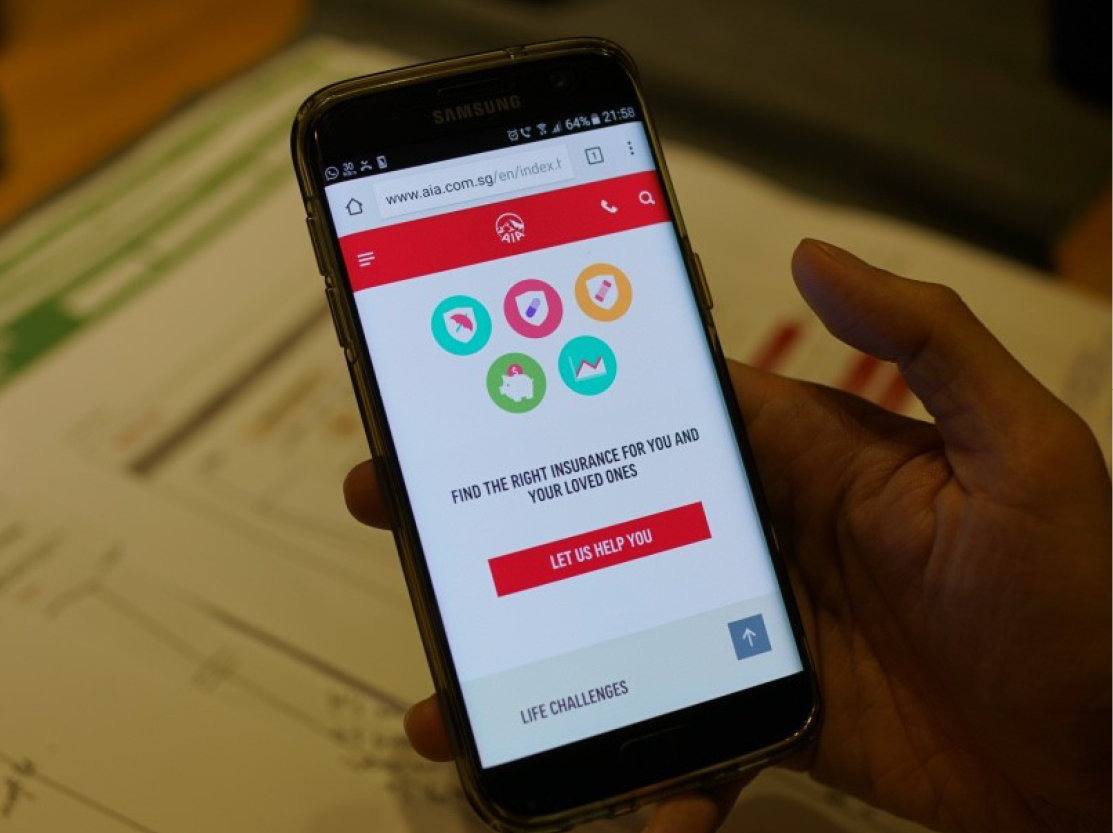 |
3. Role of the adviser vs self-service appetite
|
All participants wanted to be able to access an online destination to complete key tasks. While the nuances of desired activities changed depending on the financial savviness of the customer, the desired journeys were consistent: Understanding inclusions and coverage allowance, making payments, managing beneficiaries and finding hospitals were considered the most useful portal functions.
Contextual advice, product suggestions, advanced features and personalised educational information were also valued but considered secondary in terms of importance. |
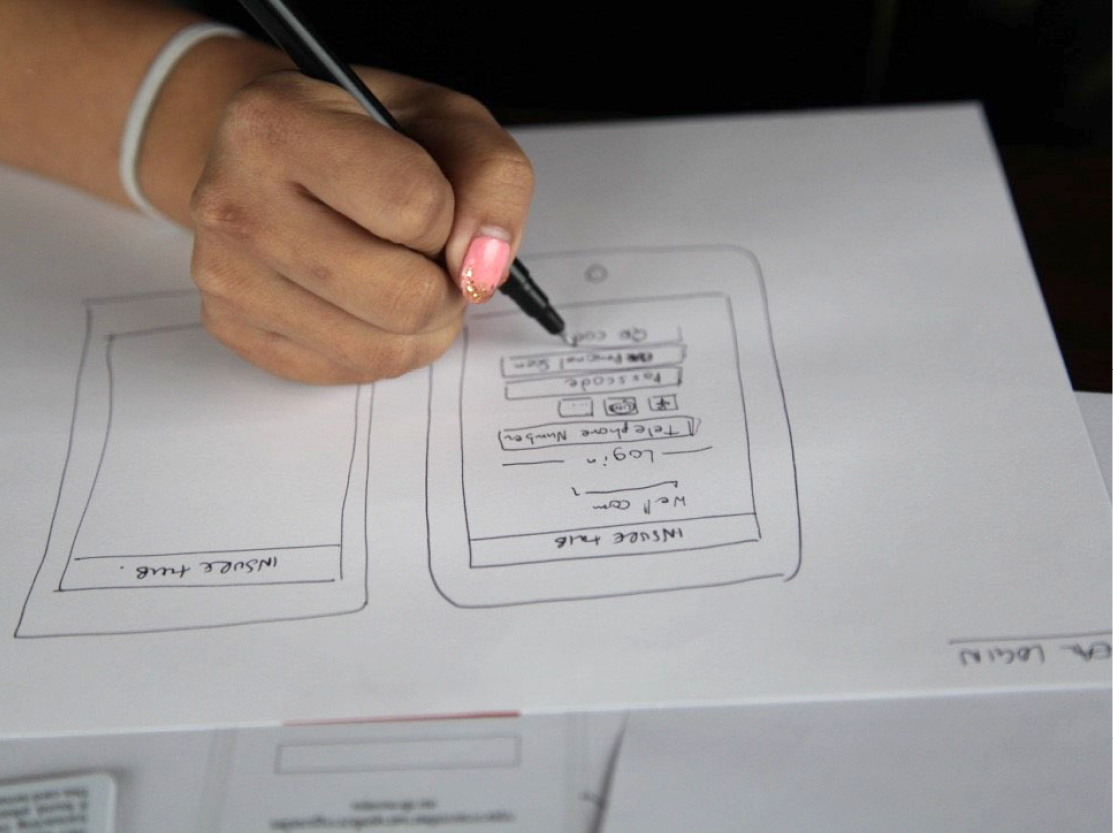 |
The level and depth of content desires also differed depending on the participants ability. For example, more sophisticated and independent participants wanted to be able to complete more advanced tasks such as making fund changes and or submitting claims, while less aware customers wanted a place to verify information and check details.
For the majority of participants, the adviser’s human-touch plays a fundamental role in providing the reassurance needed to lead to confident decision making. Integrating these relationships and leveraging the trust into the self-serve ecosystem is key to ensuring the success of the self-service experience.
All advisers we spoke with, wanted their customers to be able to have easier and better access to their policy information and to be able to complete simple product management tasks.
Advisers felt that a customer facing self-service portal would benefit their role as it would mean that they wouldn’t need to spend time on low-value servicing tasks.
However, the majority of advisers felt that they demonstrate their value to clients through helping them to make claims, conducting renewal reviews and advising on product purchase. For this reason, these were the key areas they wanted to keep closely involved with in the customer experience.
4. Login Preference and Security Concerns
All market locations felt that the portal would be an in-frequent destination and as a result forgetting login credentials is highly likely. Therefore, an easy to remember, or preferably impossible to forget option was preferred.
However as the portal is a financial product, security is a primary concern. As a result across markets where hacking is common, ensuring that their information is protected was front of mind.
For these reasons, when presented with the login simulation options, all participants consistently selected the One Time Password (OTP) and memorable information concepts.
While social login (such as ‘Login using Facebook’) provides a secure login that is easy to remember, across markets, participants consistently ranked it as the least preferred option for the following reasons:
- Participants choose to actively keep financial and personal lives separate and don’t want to use anything which may share information between them
- Participants perceived social login to not be secure enough for a financial product
- While most participants felt that if more than one login method was presented they would simply chose another option, some felt strongly that if social login was an option it would actually make them feel negatively towards the brand. For those participants, social login made the brand look less secure and not feel serious.
5. AIA Brand Power
|
AIA in Asia is a retail offering, hence we market direct to the consumer (both advisers and general public) providing us with a high brand awareness with the end user. Almost all participants had good opinions of the AIA brand and these often centred in the brand legacy and heritage. Most felt comfort in the brands ability due to their length of business coupled with their changes and innovations. Advisers felt that a functional-led self-service portal would strongly differentiate the brand from the competition and propel the offer forward.
|
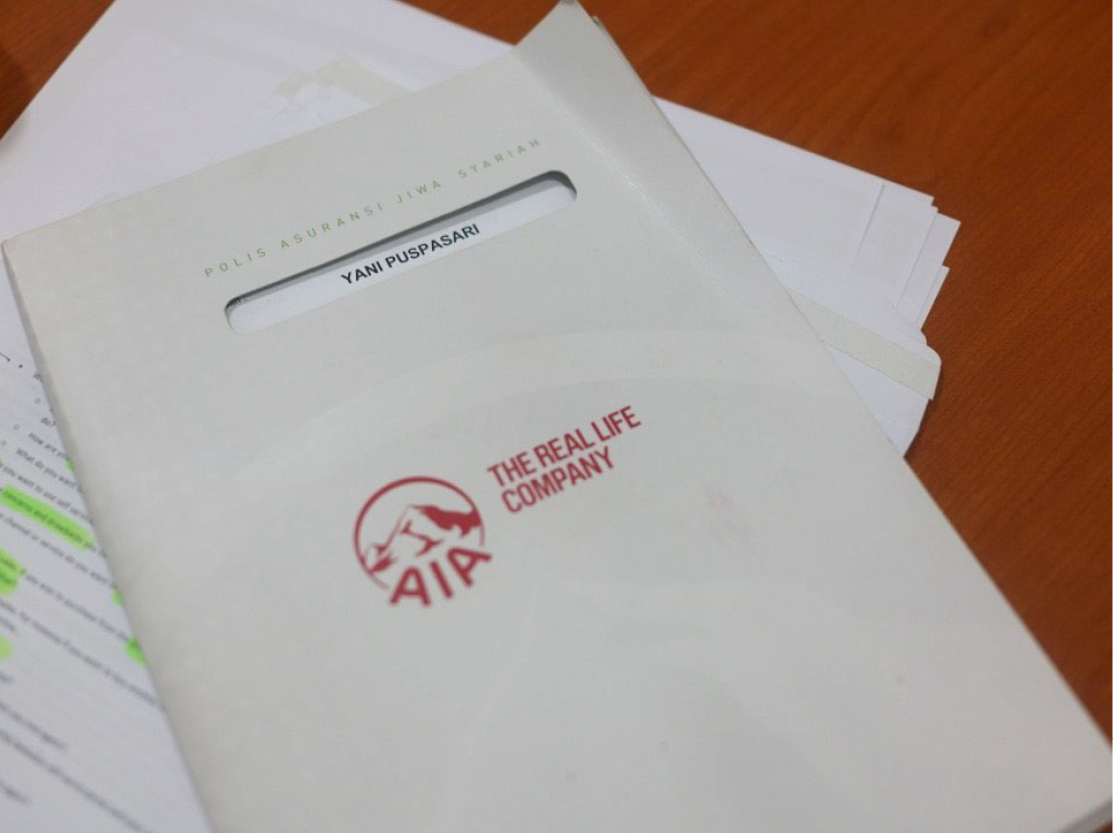 |
6. Tailored personalisation
All participants expected the portal to be able to draw information in order to pre-populate journeys and or make their experience more contextually relevant.
For example if a user is not in a claims process, they felt that a “claims snapshot” component should not be included on their homepage dashboard. In addition, as user’s expected the system to “read their needs and estimate gaps,” they expected any product suggestion to be reflective of their situation.
All participants expected to be able to access all of their product information and history in a single portal view from day one. They also expected that all interactions would be included.
|
7. Portal engagement drivers
Even for engaged participants, insurance products were seen as “sit and forget’” purchases. For this reason, engagement was likely felt to be in-frequent and aligned to actions such as annual reviews, claims, payments and changing information such as beneficiaries and addresses. Across markets, participants consistently expected the redesigned portal to deliver highly relevant notifications such as SMS for policy expiry, personalised email for a new or consolidated product suggestions, and or push messages to keep them updated on in-progress claims. The desire was that the portal wouldn’t require them to always login in order to access information. Instead a notification would let them know when there was new information they might be interested in, and then direct them to the portal to read more. |
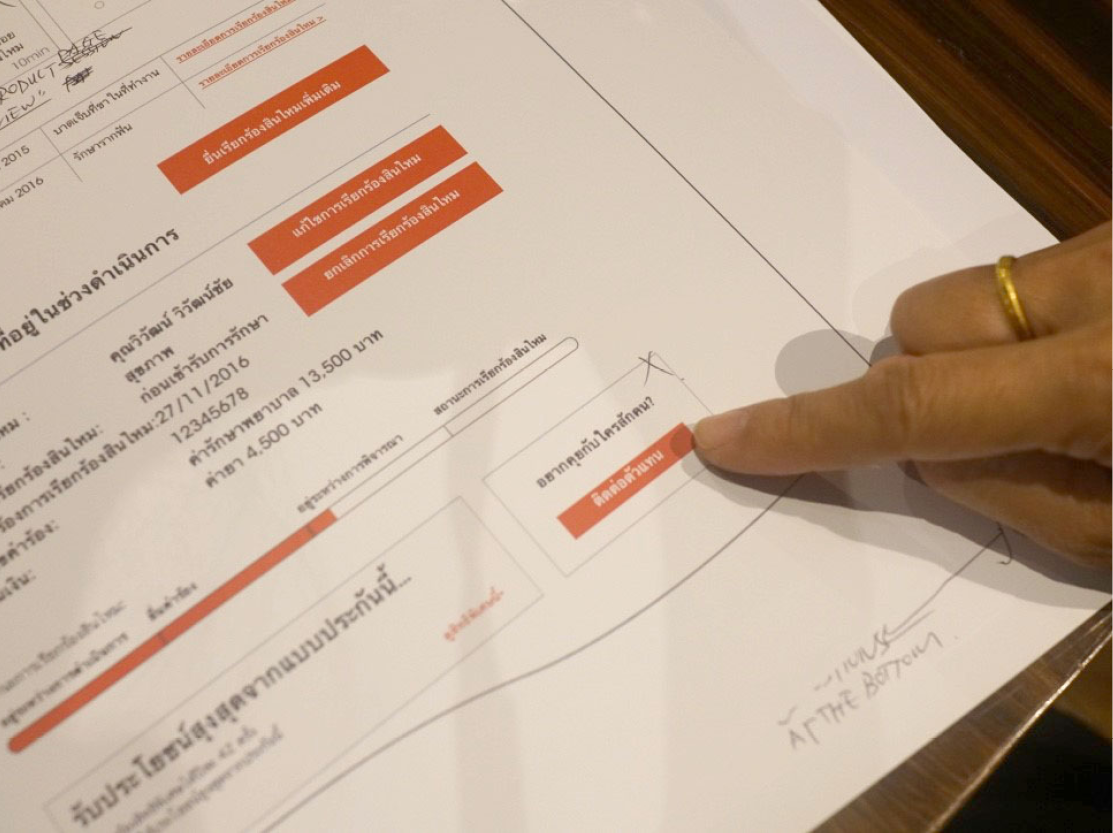 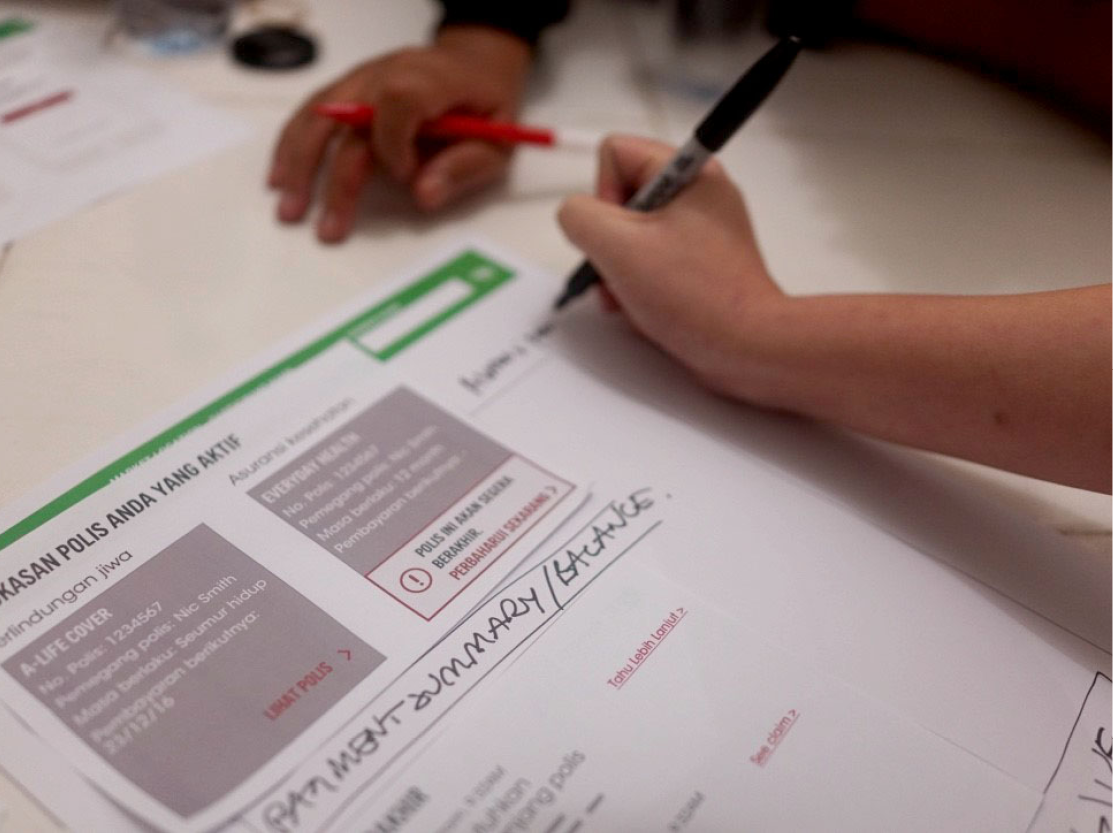 |
Design Decisions
Based on the insights, AIA Head office created a set of design decisions which shaped the customer portal. It was designed to make the portal work as:
Based on the insights, AIA Head office created a set of design decisions which shaped the customer portal. It was designed to make the portal work as:
| An Aggregator | |
| Customers expect to have a unified access to all the various AIA policies, properties and websites. The landing page and second-level pages should act as a signpost. Customers also expect to have a single profile they can manage across all policies. | |
| An Interpreter | |
| We know that simple language is a key need for customers - irrespective of their financial expertise. Besides the work on visualizations, we have defined few ways to make the content approachable and ‘humanised’. More work is still needed to further simplify the language of the content across the different countries. | |
| A Guiding Light | |
| Finding a solution to those moments of uncertainty is key to increase confidence in using the self-service portal. That’s why we have created a spectrum of elements such as tool-tips, contextual help, and checklists to surface the right content. | |
| A Control Room |
|
| Put users in control of requests and processes they can make. Make it easy to complete them anywhere, and make them as immediate as possible. Reduce need of off-line follow-up, to make the portal ‘THE’ place to manage their insurance. | |
| A Filter |
|
| Surface only what is important and urgent at the right time and place. Make content work hard to find people, rather than the other way round. | |
| An Adviser who cares |
|
| The site should help customers discover better ways to make the most of their insurances and their money, initiating the discovery journey as part of a relevant task. |
From these findings the below AIA Head office customer portal was created. It is currently being implemented across Asia.

Our AIA Head Office team are confident the redesign will have a positive impact for users. Once the changes have been implemented across a number of countries and we have collected usability statistics, we will provide an update.
If you’d like to learn more about how we use HCD in our solutions contact your Strategic Partnership Manager or Client Development Manager.

Our AIA Head Office team are confident the redesign will have a positive impact for users. Once the changes have been implemented across a number of countries and we have collected usability statistics, we will provide an update.
If you’d like to learn more about how we use HCD in our solutions contact your Strategic Partnership Manager or Client Development Manager.
